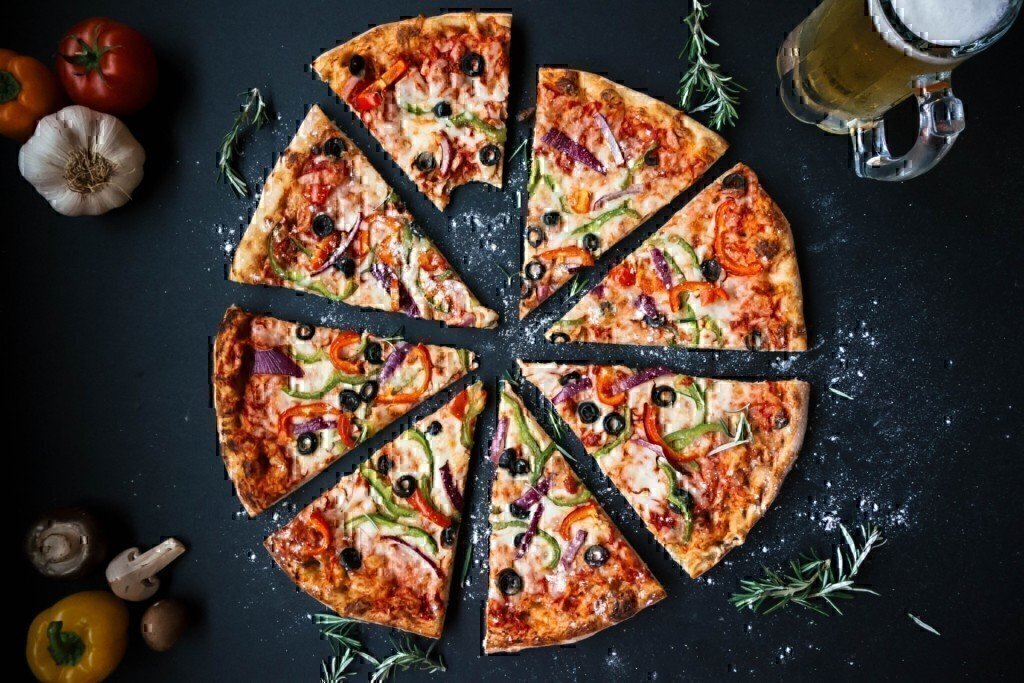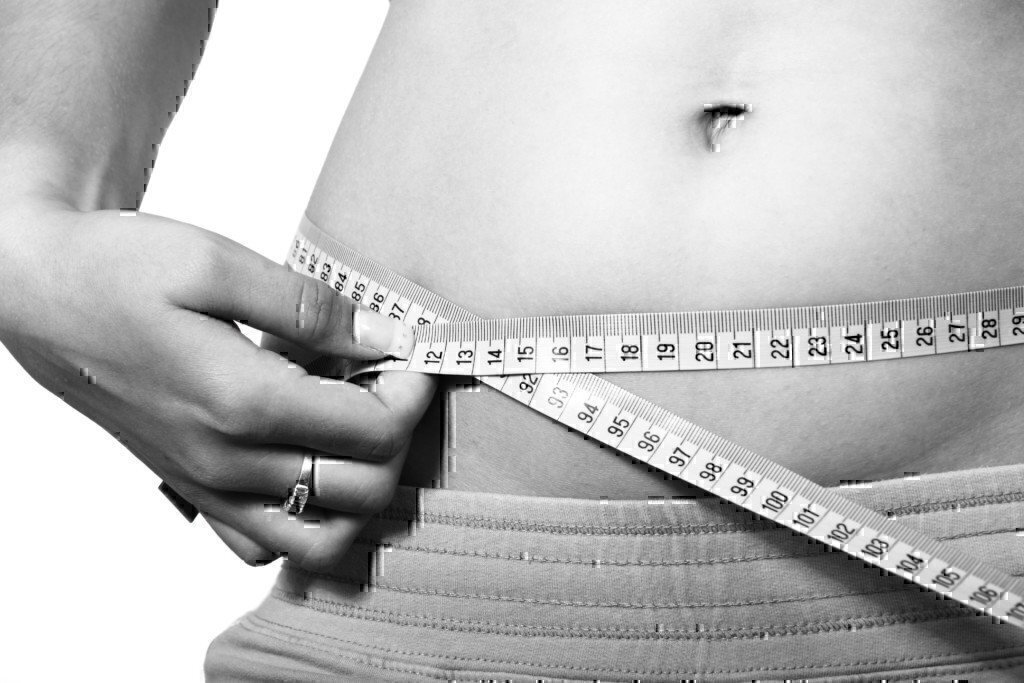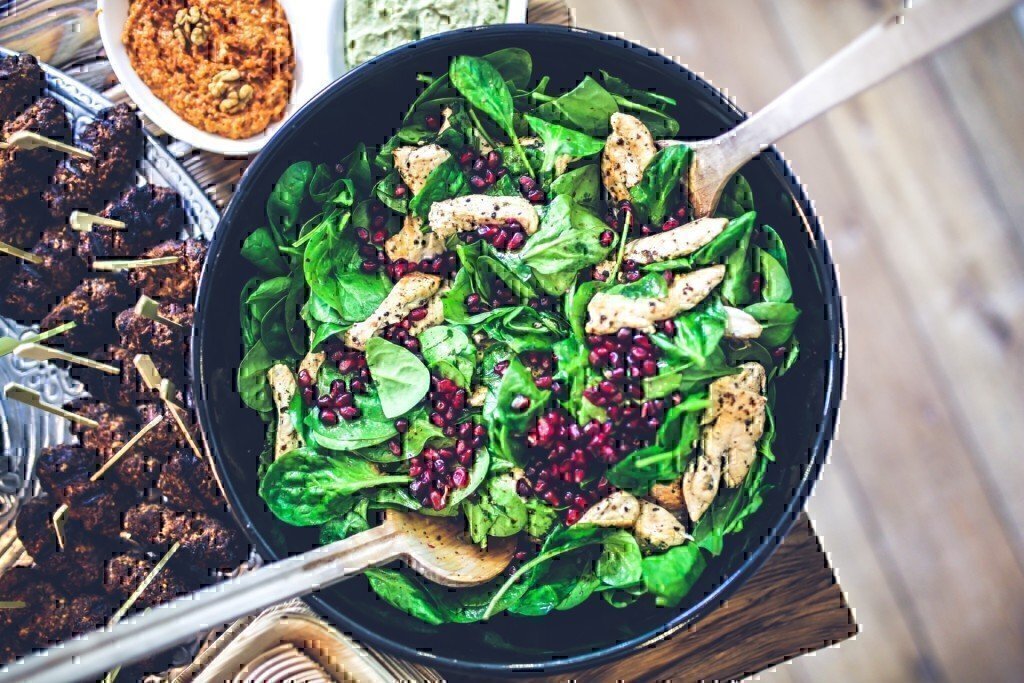If you’ve followed any of my nutrition advice—like my Dieting 101, Muscle-Building Nutrition Rules, or any of the plans specific to my training programs—the one thing you should know about my philosophy on food is to enjoy yourself while still getting RESULTS. So most of my diets allow for some fun food choices. You’ve likely seen some of my social media posts of me eating donuts, ice cream, pie, and other decadent favorites—all while maintaining my body fat below 5%.
Yet just because I can pound burgers, beer, and donuts doesn’t mean you can or should just as often. So many people come to me confused about “cheating” on their diet. I get questions ranging from, “Is cheating on your diet a good thing or a bad thing?” to, “Is it better to do a cheat meal or a cheat day?”
Here are my answers…

How Often Should You Have a Cheat Meal?
I highly recommend at least one cheat meal per week, mainly for the sake of your own sanity. You can’t go too long avoiding foods you crave without having a massive cheat attack or, even worse, falling off the diet completely. Any diet that restricts too many types of foods, especially the ones you crave the most, is a recipe for failure. A diet MUST be realistic for the person following it—and never being able to enjoy your favorite foods on a diet is NOT realistic.
Adding a in a cheat meal of fun foods can give you something to look forward to, which in turn can help you follow the diet more effectively and for longer. It can also help you better police yourself. Most people want to feel like they earned their cheat food, so knowing that a fun cheat meal is in your very near future can help you better deal with the dietary restrictions that you have on the other days.
Cheat Meal or Cheat Day?
A common cheating question I get is, “Should I have a cheat meal or an entire cheat day?” That depends on your diet, your goals, and how your body is responding to the diet and the cheats.
In general, if you’re not working a particular “cheat food” it into your post-workout meal (more on that below), find another way to fit it into your diet. But try and do so in moderation. If you’re craving pizza, don’t go eat an entire large pizza by yourself. Enjoy the foods you love, but this doesn’t mean starting your day off at McDonald’s with two Egg McMuffins and hashbrowns and then crushing a Whopper from Burger King at lunch. If that fits your macros, your macros are probably way off and you shouldn’t expect to see very good physique results.
Again: Moderation is key. If you’re craving pizza, have one slice of cheese pizza for lunch with a protein shake and a nutrient-dense salad on the side. If donuts sound good to you, have one or two donuts (not five or six) post-workout or as a dessert treat after dinner. Feed your craving in moderation, and then move on.
If you’d rather indulge more than that, fine, but I’d recommend keeping your “cheating” confined to one meal and not going too far off the rail. Rewarding yourself for sticking to a fat loss diet doesn’t mean pigging out the entire day from the time you wake up until you go to bed. I’m talking about one meal where you don’t think about it and just eat whatever you want. Going out to dinner and having some pizza or a chicken parm dish, a couple glasses of wine and then some ice cream for dessert—that’s reasonable. Eating a whole pizza plus a sandwich, two pitchers of beer and a bunch of Cheetos—that’s excessive and counterproductive to any goal that involves getting lean.

Can You Have a Cheat Meal if Your Goal Is Fat Loss?
“Cheating” can actually help you lose fat by keeping your metabolic rate up. If you follow a low-calorie and/or low-carb diet consistently over a long period of time, your metabolic rate (the number of calories your body burns each day) will drop. This is done in an effort to conserve energy in the body. Fat cells are basically spare fuel tanks. If you start emptying all of your fuel tanks, the body wants to conserve some fat for possible future needs. Thus, the body reacts to a diet by becoming more efficient, which means it requires less calories to do the same functions.
When metabolism stalls, it gets harder to continue losing body fat, because you now need to eat even fewer calories to continue dropping fat. If that cycle continues, you’ll have to drop your calories so low that it compromises muscle mass, and that’s never a good thing.
Cheating, by increasing calories and the amount of calories you get from certain macronutrients like carbs and fat, can help to prevent the metabolism from slowing down so quickly. For example, it’s critical while following a low-carb diet to include one weekly high-carb day. In this case, you’re “cheating” by eating far more carbs than allowed on normal diet days. Yet, since the high-carb day is important for continued progress, it’s technically not cheating.
Cheating on a Strict Diet
Consider someone following one of my fat loss diets (like Dieting 101) and getting into the later stages where carbs drop to half a gram per pound of bodyweight per day or less. At this stage of a diet, I typically recommend having one high-carb day per week to keep your metabolic rate high and your leptin levels optimal as a means of delaying the inevitable fat loss plateau that most people reach on a diet. Having a high-carb day once a week can help trick your body into not thinking it’s continually starving, which can help prevent it from adjusting to the diet as quickly as it would without the high-carb day.
Most people would consider this high-carb day a cheat day. However, if you do it properly and stick to low-fat, high-carb foods (like pasta, rice or even jelly beans), it’s really not a cheat day. But even if you want to call it one, it’s at least a cheat day with a specific purpose that will help you in the long run.

How to Cheat If You’re Following a Low-Carb Diet
In the case of a low-carb diet plan, you’ll respond better to a high-carb cheat day where total carb intake is drastically increased to 2 grams per pound of body weight or more. Having just one high-carb cheat meal won’t be enough to keep metabolism turned up, but since the high-carb day is technically not a true cheat day (rather, it’s part of the diet plan), you can add a more decadent meal to that high-carb day. Or, you can add a cheat meal to a different day of the week altogether. The day you choose is up to you.
How to Cheat If You’re Following a Typical Diet
If you’re following a more typical diet where all macros get cut (carbs, fat, and protein)—not that I recommend that style of diet—then you can decide on a cheat meal or an entire cheat day. The choice between meal and day depends on many variables. Generally speaking, the leaner you are and the longer you’ve been dieting, the BIGGER your cheat can be, and in some cases the more frequent.
How to Cheat If You’re Already Lean
If you’re under 10% body fat for a male, or under 20% for a female, you can consider an entire cheat day. But again, this all depends on how your body responds to the cheating. If the cheating doesn’t interfere with fat loss and only enhances it, then you can either have a bigger cheat day or even consider having your cheat day more frequently than once per week. One cheat day every 4-5 days may work well for you.
If, however, the cheating slows your progress or leads to adding body fat, you know the solution: Reduce the amount of cheating and/or the frequency. If a full cheat day is halting your fat loss, reduce it to two cheat meals that day and reassess your progress from there.
How to Cheat If You’re Not Lean Yet
If you’re above 10% body fat for a male and 20% for a female, start with one cheat meal per week and see how your body responds. If there’s no interference with fat loss, or fat loss is actually enhanced, you can increase the number of cheat meals or even try an entire cheat day.
Self-Monitoring Your Cheat Meals
The nice thing to remember about cheating is that it’s easy to tell whether you need more “cheats” or fewer—your body will tell you with how it responds on the fat loss end.
You just need to be realistic with yourself. If eating an entire large meat-lover’s pizza, a pitcher of beer and an ice cream sundae every Saturday night is stalling your fat loss progress, the solution is simple: Cut back to a more realistic and smaller cheat meal. If that same cheat meal doesn’t interfere with your fat loss, or even enhances it, then you can consider increasing your cheating.
That’s the nice thing about dieting—if you’re honest with yourself and realistic about it, it’s pretty quick and easy to tell if you need to make a change and what that change should be.

Cheating Post-Workout
But what if you’re not following a strict, low-carb diet? If you can work the foods you enjoy into your macros—whether it’s a donut, candy or sugary cereal—in my mind that’s not a cheat meal. The most obvious example of this is the post-workout meal. I’ve discussed for years the importance of getting fast-digesting carbs into your system in the hour following a hard training session. (Read my Carb or Not to Carb? article for more on that.) Anything from gummy bears to Pixy Stix to white bread to Lucky Charms fits in here, and I wouldn’t consider that cheating. Plus, if you can satisfy a sweets craving by strategically eating the high-carb food post-workout and that helps you stick to your diet, that’s a huge benefit.
So there’s an easy food craving tip right there: If you’re dying to have a donut, skip your regular post-workout carb source and have a donut instead. Sure, a donut’s not the best post-workout carb you can have, as it’s fairly high in fat, but it’s a safe bet those carbs will be put to use by the muscles and not stored as body fat.
The Bottom Line on Cheat Meals
What it comes down to for me is balance. Anyone who says you should “never” cheat or eat a certain food is not someone I find to be a credible nutrition expert. I’m a firm believer in enjoying yourself as well as being realistic about people’s abilities to diet and refrain from enjoying foods they love. I’m big on finding ways to enjoy the foods you like, which is one reason I do intermittent fasting.
People see photos of me eating donuts on my Facebook page and ask me, “Jim, how are you able to eat all those foods and still be so lean?” As I said earlier, you have to consider those donuts in the context of what else I’m eating that day as well as my activity level. What people don’t always consider is that I fast for at least 16 hours every day, which allows me to more readily hit my macros while also enjoying my favorite foods. Plus, I train hard nearly every day, so my metabolism is still very high at age 48 and I’m constantly burning calories, even at rest.
My bottom line on cheating is this: If you can make it fit into your macros for the day, it’s not cheating. And on the days when it exceeds your macros slightly, you’re at least enjoying yourself for a meal before getting back on track with your macros the next day.
What’s that saying, “Have your cake and eat it too”? Personally, my mantra is “Donuts and abs—have them both!”
READ NEXT
(VIDEO) Submit to G.I. Jobs Today!
3 Great Alternative Ways to Use GI Bill Benefits












